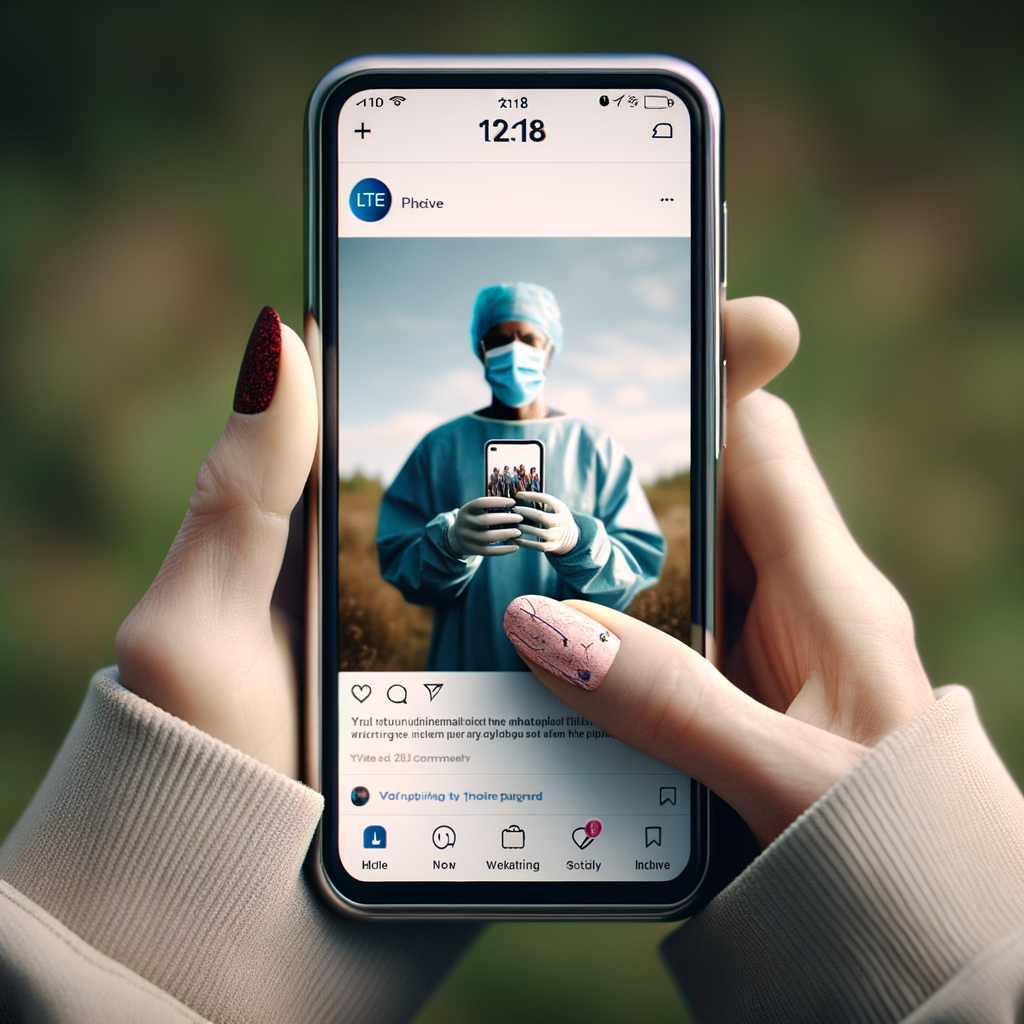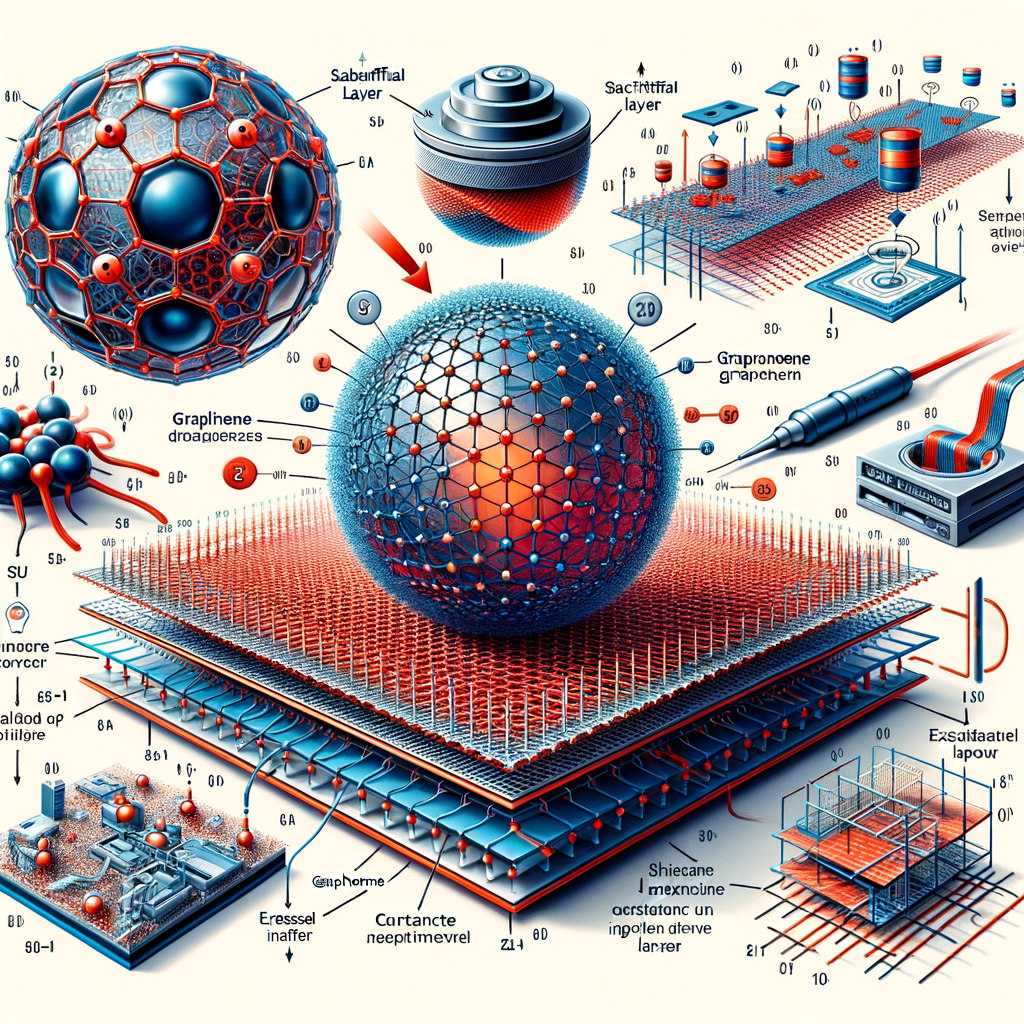Combatting Health Misinformation in Our Digital Age
In the vast world of the internet, the spread of health misinformation represents a significant challenge to public health, medicine, and society at large. This is especially concerning as we navigate through an era where the line between truth and myth often blurs, fundamentally impacting healthcare communication and the trust in health institutions.
The Rise of Health Misinformation
Health misinformation isn’t just a mere inconvenience; it’s a danger that can have far-reaching consequences. Whether through social media or other digital platforms, misleading health claims and inaccuracies can discourage vaccinations, promote unproven treatments, and sow distrust in the medical community. As health professionals and policymakers strive to advance public health measures, they often find themselves combatting waves of misinformation.
Consequences of Misinformation in Healthcare
The impacts of health misinformation are not to be underestimated. From misguided self-care practices to undermining public health initiatives, the stakes are high. Misinformation can lead to personal harm and widespread societal consequences, especially during critical times like the COVID-19 pandemic, where swift and accurate information dissemination is crucial.
For instance, the promotion of ineffective treatments can distract from evidence-based healthcare interventions, leading to adverse health outcomes. Additionally, the erosion of trust in health care and medicine due to consistent exposure to misinformation can make effective communication with patients increasingly challenging.
Strategies to Counter Health Misinformation
Combating health misinformation requires a multifaceted approach. Here, we explore some effective strategies:
– **Promote Critical Thinking and Media Literacy:** Empowering individuals with the skills to critically evaluate health information can significantly mitigate the spread of misinformation.
– **Leverage Technology for Fact-Checking:** Technology platforms can play a vital role in identifying and flagging misinformation, promoting a healthier digital information ecosystem.
– **Engage in Transparent Communication:** Health institutions should prioritize clear and open communication, offering easily accessible information to counter prevailing misconceptions.
– **Collaborative Efforts:** Collaboration between healthcare professionals, educators, and policymakers is essential to develop and implement strategies that effectively address the challenge of health misinformation.
Final Thoughts
In the battle against health misinformation, everyone has a role to play. By fostering a culture of skepticism towards unverified health claims and promoting evidence-based practices, we can work towards a healthier, well-informed society. Remember, in the age of information overload, critical thinking, and effective communication are more important than ever.
In conclusion, the fight against health misinformation is pivotal in safeguarding public health. By encouraging evidence-based information and strengthening healthcare communication, we can overcome the challenges posed by misinformation in the digital age.







